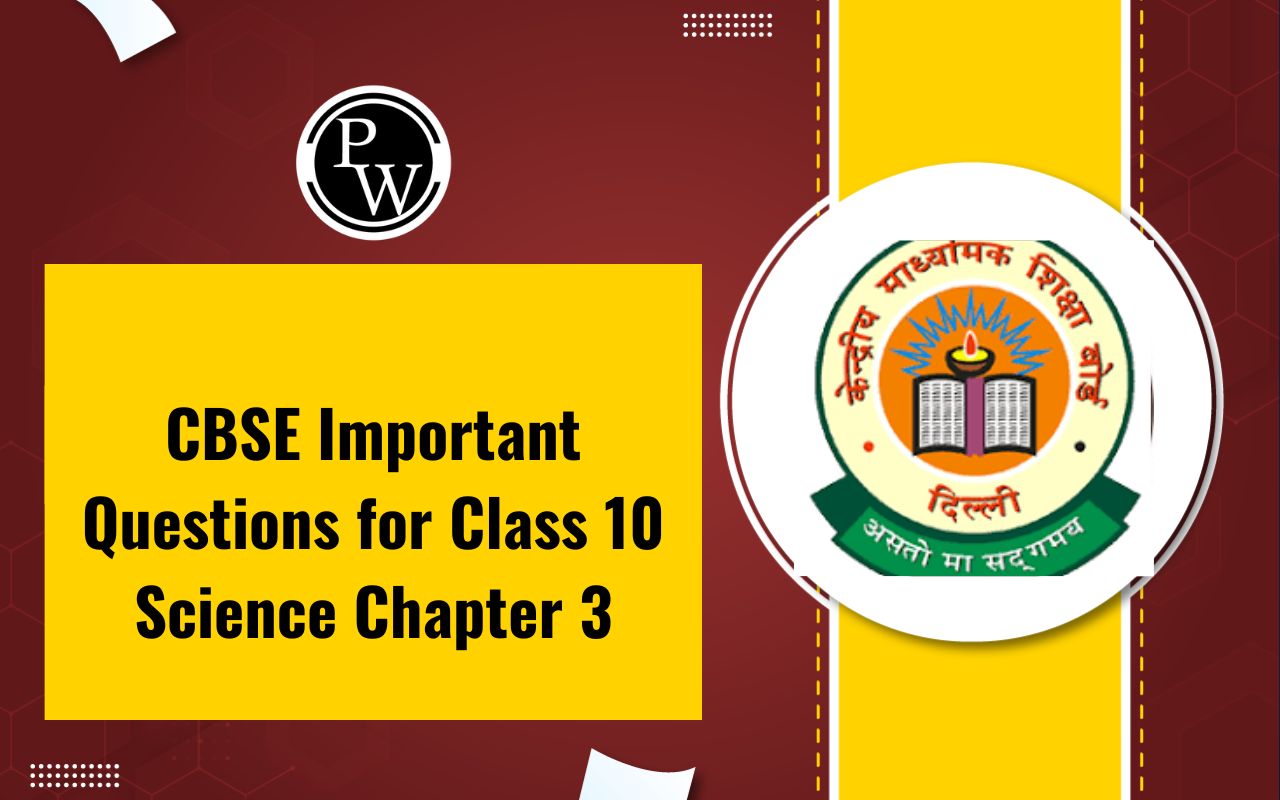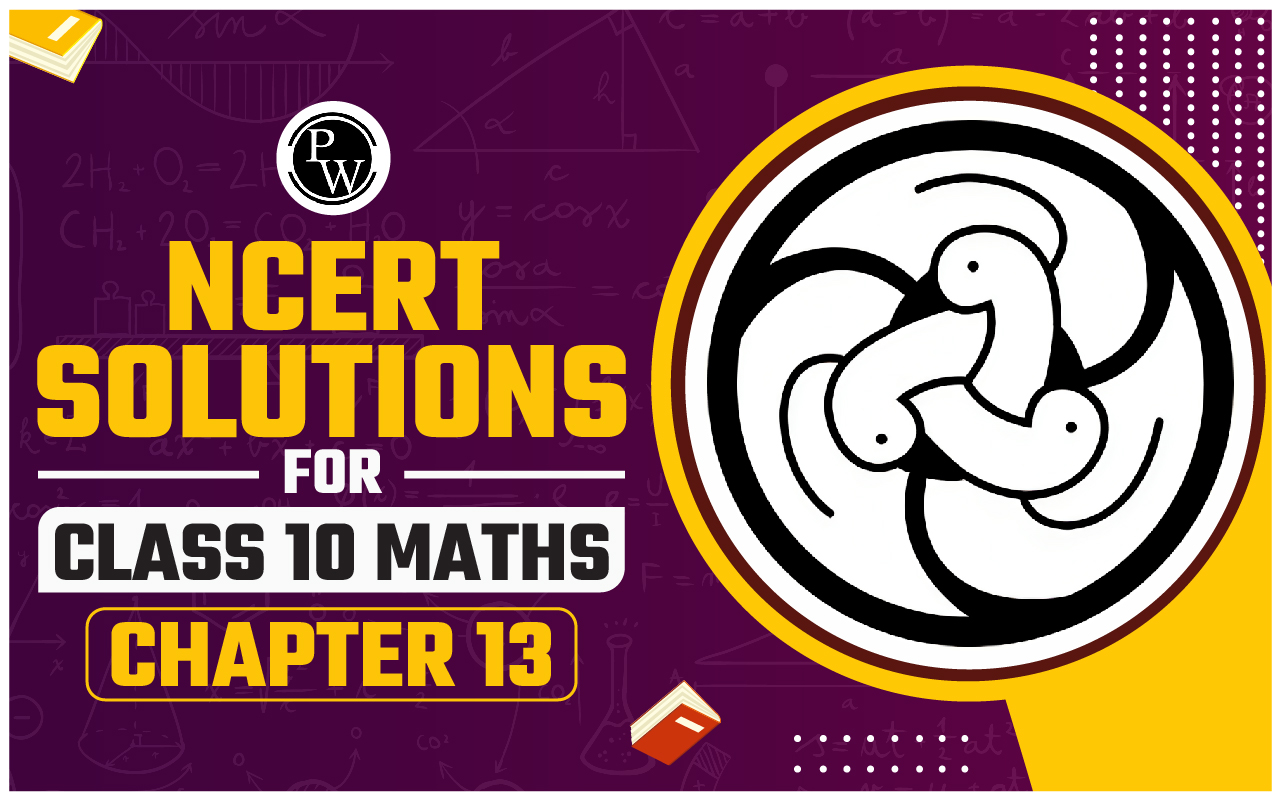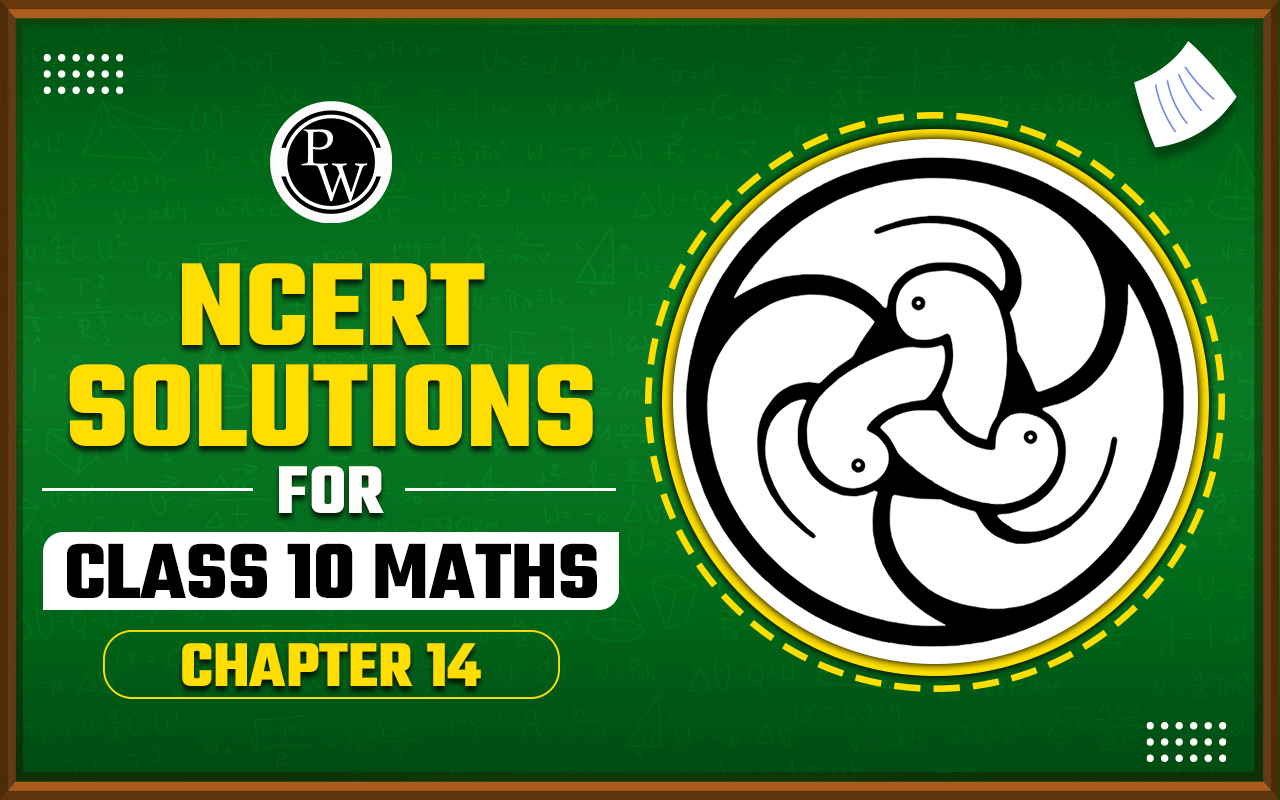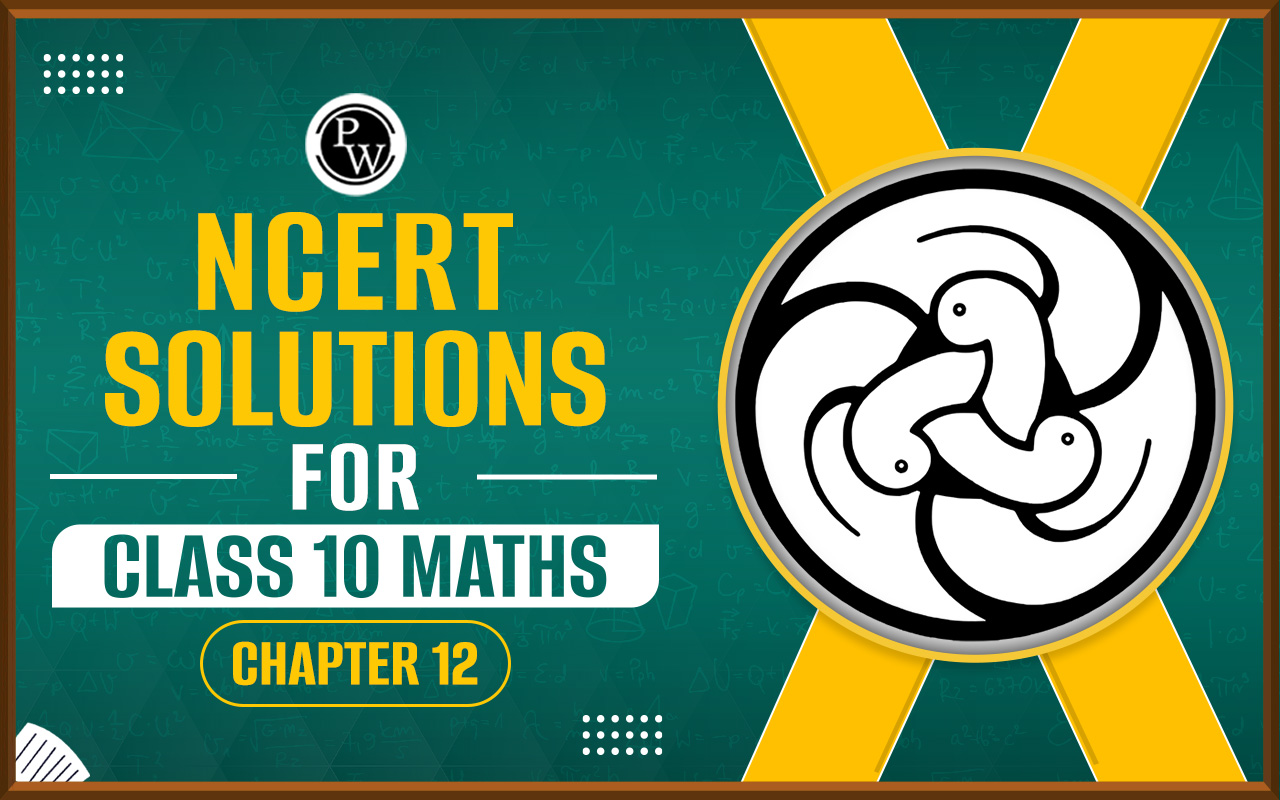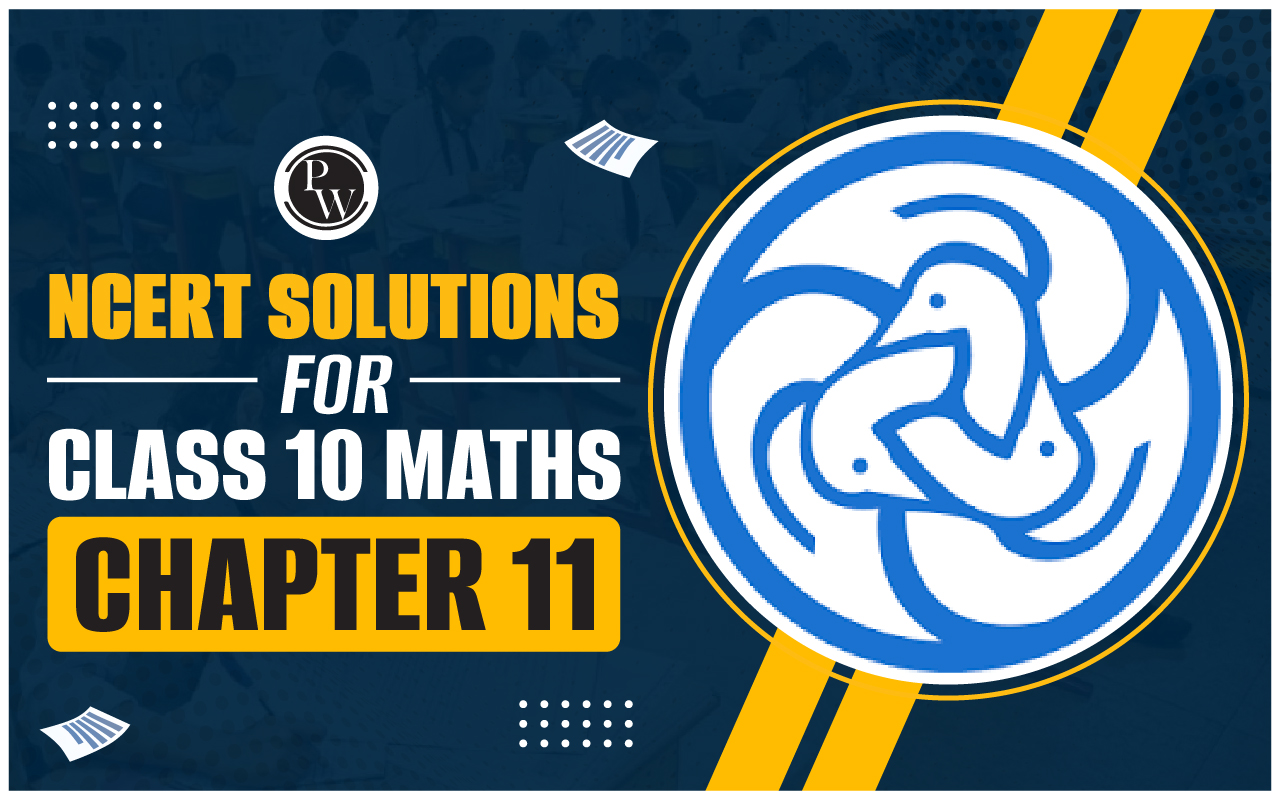

Probability, often described as the language of uncertainty, plays a pivotal role in our everyday lives. It guides us in decision-making, assists in risk assessment, and enables us to understand the world's inherent randomness. Classical Probability Formula, the oldest and most intuitive branch of probability theory, forms the foundation upon which modern probability theory is built. In this article, we will embark on a journey into the world of classical probability, exploring its historical origins, fundamental principles, and practical applications.
Origins of Classical Probability
The roots of classical probability can be traced back to the 16th and 17th centuries, during the emergence of probability theory as a mathematical discipline. The early pioneers of probability, including Gerolamo Cardano, Blaise Pascal, and Pierre de Fermat, laid the groundwork for understanding random events and devising a systematic approach to measure uncertainty.
One of the most famous episodes in the history of probability theory is the correspondence between Blaise Pascal and Pierre de Fermat, who explored the problem of gambling and devised the concept of expected value. Their exchanges led to the development of probability as a mathematical discipline and provided the foundation for classical probability.
Fundamental Principles of Classical Probability
Classical probability relies on a few fundamental principles that govern random events:
Sample Space: In classical probability, we start by defining a sample space, which is the set of all possible outcomes of a random experiment. For example, when rolling a fair six-sided die, the sample space consists of the numbers {1, 2, 3, 4, 5, 6}.
Event: An event is any subset of the sample space. It represents a specific outcome or a collection of outcomes. For instance, when rolling a die, the event "rolling an even number" corresponds to the set {2, 4, 6}.
Probability: Probability is a numerical measure of the likelihood of an event occurring. It is denoted by P(event) and ranges from 0 (impossible) to 1 (certain). The sum of probabilities of all possible events in the sample space is always equal to 1.
Equally Likely Outcomes: Classical probability assumes that all outcomes in the sample space are equally likely. In other words, each outcome has the same probability of occurring. This assumption is crucial for many classical probability problems.
Classical Probability in Practice
Classical probability finds applications in various real-world scenarios, from games of chance to risk assessment in insurance and finance. Let's explore some practical examples:
- Coin Tossing: One of the simplest classical probability experiments is tossing a fair coin. In this case, the sample space consists of two equally likely outcomes: {Heads, Tails}. The probability of getting Heads or Tails in a single toss is 0.5.
- Dice Rolling: Rolling a fair six-sided die is another classic example. The sample space is {1, 2, 3, 4, 5, 6}, with each outcome having a probability of 1/6.
- Card Games: Card games like poker and blackjack heavily rely on classical probability. The probability of drawing a particular card from a standard deck of 52 cards can be calculated using classical principles.
- Weather Forecasting: Classical probability plays a role in weather forecasting, where meteorologists use historical weather data to calculate the likelihood of specific weather conditions occurring in the future.
- Quality Control: In manufacturing and quality control, classical probability helps assess the likelihood of defects or errors in a production process.
The Law of Large Numbers
One of the central theorems in classical probability is the Law of Large Numbers (LLN). The LLN states that as the number of trials (or experiments) increases, the empirical probability (observed frequency) of an event approaches its theoretical probability (the probability based on classical principles).
This law has profound implications in real-life applications. For instance, in gambling, it suggests that over the long run, the outcomes of casino games will align with their theoretical probabilities, making it difficult for players to consistently win against the odds. Similarly, in insurance, the LLN helps companies predict and manage risks by analyzing large datasets of historical events.
Also Check – Comparing Quantities Formula
Classical Probability vs. Frequentist Probability
It's essential to distinguish classical probability from frequentist probability, another branch of probability theory. While classical probability relies on the assumption of equally likely outcomes and is suitable for simple experiments, frequentist probability is based on the concept of limiting relative frequency. In frequentist probability, probabilities are calculated by conducting experiments and observing outcomes in the long run. It is often used in statistical analysis and hypothesis testing.
For example, classical probability tells us that the probability of rolling a 6 on a fair six-sided die is 1/6 because there are six equally likely outcomes. In contrast, frequentist probability would involve rolling the die many times and calculating the proportion of times a 6 is obtained.
Also Check: Derivatives Formula
Limitations of Classical Probability
While classical probability provides a solid foundation for understanding and calculating probabilities, it has limitations:
Equally Likely Outcomes Assumption: In many real-world scenarios, the assumption of equally likely outcomes may not hold. For instance, in financial markets, asset prices do not follow a uniform distribution.
Limited Applicability: Classical probability is best suited for simple, discrete, and well-defined experiments. It may not address complex situations with continuous outcomes or events influenced by external factors.
Does Not Consider Prior Information: Classical probability does not account for prior information or subjective beliefs, which are essential in Bayesian probability.
Also Check: Determinants Formula
Conclusion
Classical probability, rooted in history and fundamental principles, provides a valuable framework for understanding and quantifying uncertainty in various contexts. Its simplicity and intuitive appeal make it a foundational concept in the world of probability theory. As we navigate the uncertainties of life, classical probability serves as a guiding light, helping us make informed decisions, assess risks, and explore the fascinating realm of randomness. Whether we are tossing coins, rolling dice, or predicting weather patterns, classical probability remains an essential tool in our toolkit for dealing with the unknown.
Classical probability serves as a fundamental and accessible tool for understanding and navigating uncertainty in a wide range of situations. Its principles are foundational in probability theory and continue to play a crucial role in decision-making and risk assessment.
Classical Probability Formula FAQs
What is the principle of equally likely outcomes in classical probability?
Can classical probability be used for continuous random variables?
What is the Law of Large Numbers (LLN) in classical probability?
How is classical probability different from frequentist probability?
What are some practical applications of classical probability?


